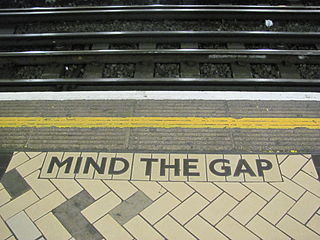An elderly friend wrote to me recently telling how she awoke one night feeling so ill that she thought she would not be able to make it to the bathroom. She prayed silently for help. As she struggled to open her bedroom door she was astonished to see Tilly, her son’s spaniel, sitting outside. Tilly is a five-year-old rescue dog who suffered from being pushed too hard in the hunting field, becoming very disturbed by loud noises.
‘From that moment,’ wrote my friend, ‘Tilly did not leave my side, sleeping on the floor by my bed, and looking up constantly to see if I was all right. At about four in the morning my son came out of his room and was not too pleased to see Tilly there, my bedroom door being open. He took her back down to her bed in the hall and gave her a little talk about NEVER going upstairs. The moment he had gone back to bed Tilly returned, jumped onto my bed and placed her head on my shoulder. And so we comforted each other for the rest of the night. One doesn’t enjoy being alone when feeling so low. Tilly came and gave me more comfort than “try to sleep and you will feel better in the morning,” which are the standard words of reassurance – and often not true! What Tilly gave me was a feeling of deep, silent understanding of how I felt. So there you have it. A prayer answered. A story at bedtime for you!’
In dreams a dog usually represents human emotion. There is a vivid depiction of this in the sculpture of Tobias and the Angel which the Bleddfa Trust commissioned from the Irish sculptor Ken Thompson to mark the Millennium (unveiled by our patron Rowan Williams, then Archbishop of Wales.) The statue, which stands at the end of the Barn Centre, is life size. We see the young Tobias walking with the angel who is whispering intently in his ear. At the base is Tobias’ small dog, leaping up, trying to attract attention, as though saying: ‘It is fine, young master, to talk with angels about lofty matters, but don’t forget me down here, the simple, earthy, feeling side of things!’
